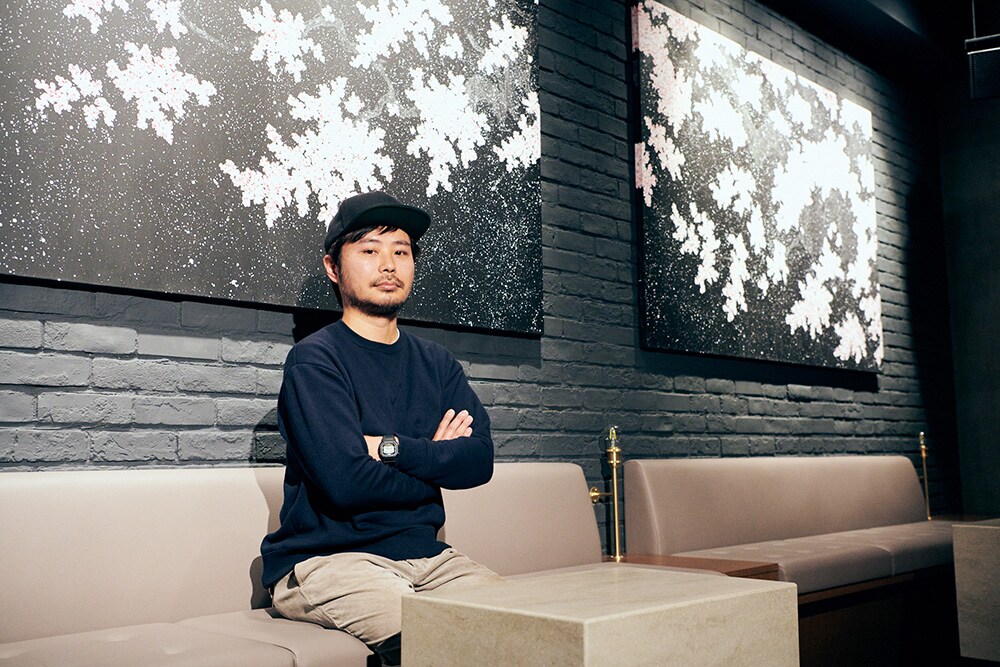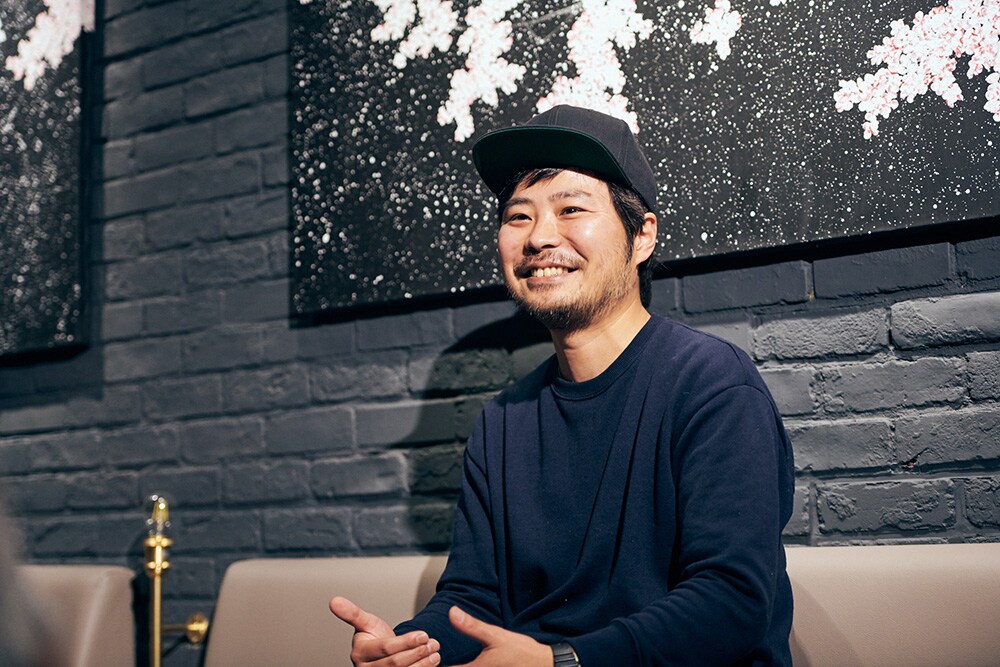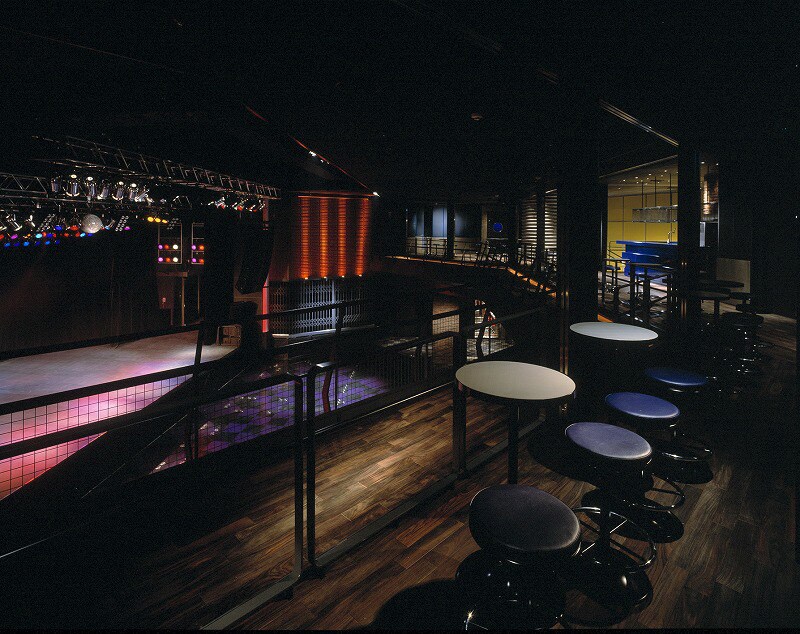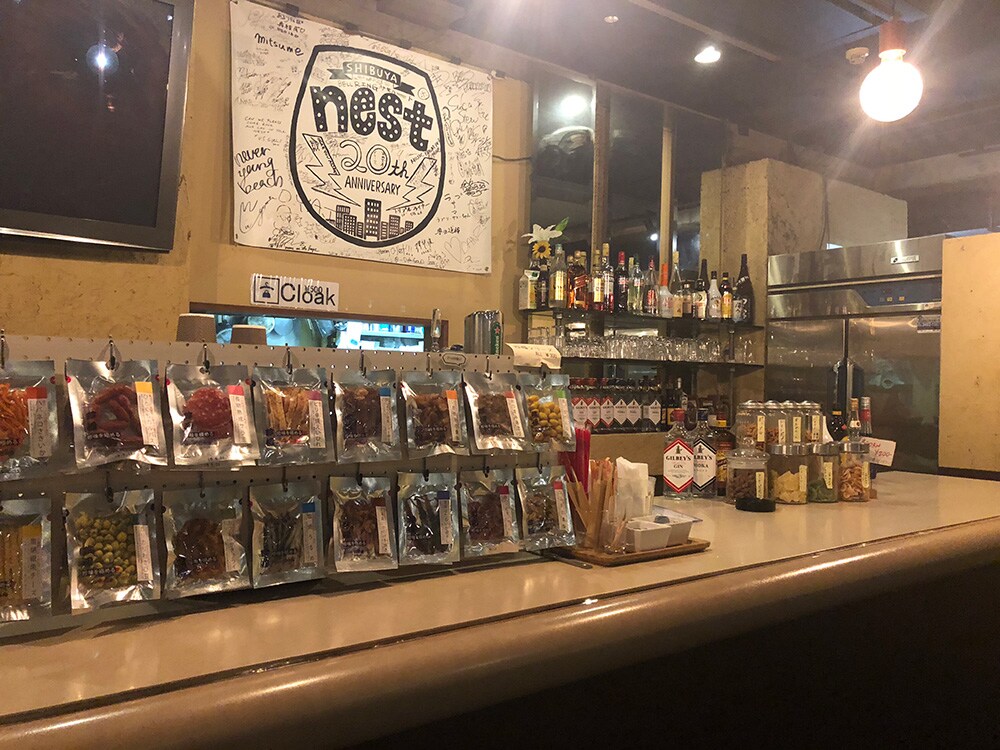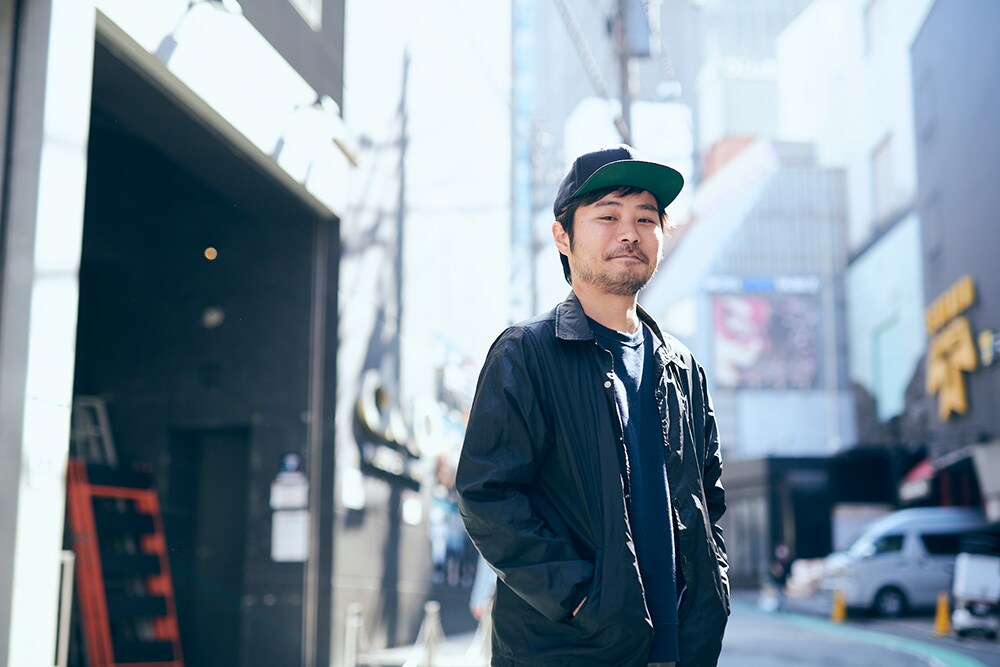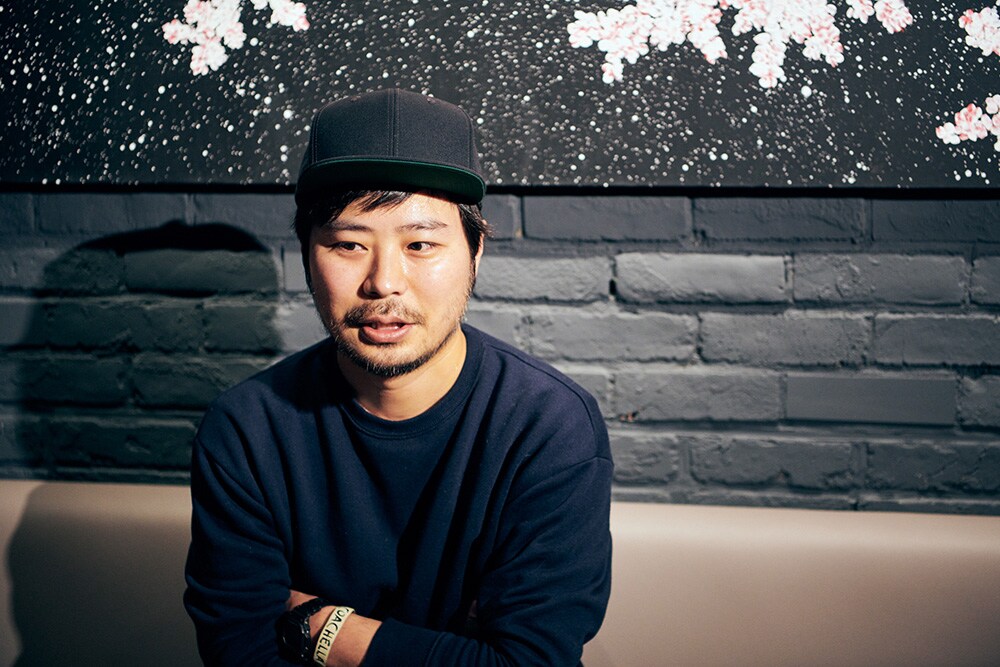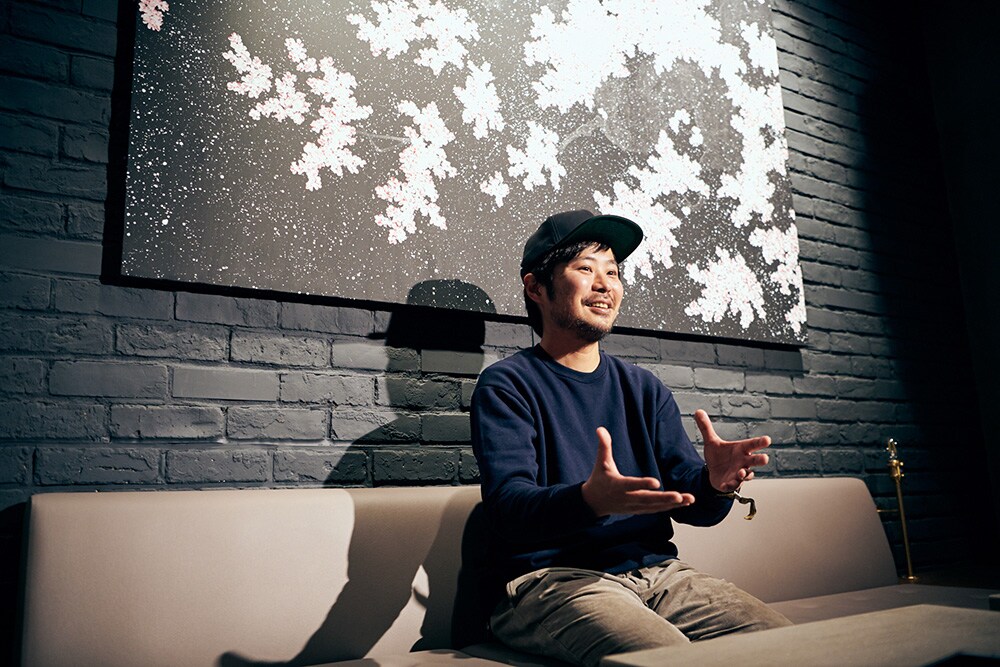Shibuya: A City for a Deep Musical Experience. An interview with Shibuya O-EAST manager Junichi Kishimoto
News & Articles
-
Shibuya: A City for a Deep Musical Experience. An interview with Shibuya O-EAST manager Junichi Kishimoto
-
Maruyamacho in Shibuya, Tokyo, is densely populated with live music venues and nightclubs of various sizes. From the Shibuya-kei (Shibuya style) Acid Jazz era of the 1990s and Post-Rock era of the 2000s, to the recent booming Girl Group (Idol) scene, this area has continued to thrive as a birthplace of cutting-edge music scenes, the heartbeat of Shibuya culture.
Junichi Kishimoto
Junichi Kishimoto moved from Osaka to Tokyo around 20 years ago. After working as the manager of TSUTAYA O-nest, he now manages TSUTAYA O-EAST. How does he see the ever-changing city and the music of Shibuya?
Quality of Japanese Live Music Venues is the Best in the World
- You worked as a lighting engineer for a live music venue in Osaka before moving to Tokyo, where you took on a new job at TSUTAYA O-nest. There, you started booking unique international and domestic artists. Can you tell us about your experience?
Kishimoto: Before I became the booking manager in 2001, I booked more international acts thinking, "If I'm gonna do this, I'll do it the way I like." But that somehow helped establish our reputation among young Japanese bands who became interested in playing our venue. Before long, people knew what kind of music to expect at O-nest. The internet wasn't as big then; the only networking was through word of mouth.
- What do you find that musicians look for in the venues they play?
Kishimoto: The sound. At least, I'm very particular about it. For a long time we used an old analog console, but we shifted to digital. You can't go against the times.
- Can you elaborate on “Go against the times”?
Kishimoto: If the old analog machine breaks, it takes forever to repair while with digital we can get it fixed in a day. Our engineering staff kept saying it’s got to be digital if we're to open every night. I tried to put it off as long as I could, but they were insisted, "This is the limit!" so I gave in. About six to seven years ago, we finally switched to a digital console. With a heavy heart, though.
Bands that chose to play at O-nest were very adamant about the space between each note which determines the overall sound. Analog console enhances that. With digital, space is just space. We tried every way possible to keep our "analog-like sound" using a digital console.
- O-EAST does have an excellent reputation for its sound. The Front-of-house engineer who works for Australian singer songwriter Courtney Barnett was raving about your PA.
Kishimoto: I often get compliments about our sound from musicians from abroad. But that might have to do with the comparatively poor sound quality bands are used to when they do gigs elsewhere. Japan is unique in that sense, that the venues strive to better their facilities and genuinely care about the musicians, even help to promote them. Some live music venues here also do artist management.
TSUTAYA O-EAST
TSUTAYA O-nest
The Japanese Music Scene Has Three Facets
- How do you see the current music scene of Shibuya?
Kishimoto: It draws very different types of crowds by day, night and midnight. Daytime finds fans who gather for girl group (idols) events. At night, it caters more to a music crowd - rock, soul, and "Visual-kei" (Japanese version of the glam bands), and midnight is for the club goers. It's completely split into three parts. Many tourists from abroad check in to see what's happening at the midnight parties. The street where O-EAST resides is packed with people all day and night.
The street where O-EAST resides.
- Do these three types ever mix?
Kishimoto: Hard to say... If they mix correctly, this could create the next scene, I think. Well, sometimes they mix, like an idol group doing an event with a band, or a band doing a show with a DJ. I get a buzz when I see international tourists checking out Japanese idol events. They can hardly speak any Japanese, but they're there for the experience. It's a nice way of realizing how Japanese culture has spread throughout the world.
Live House Nurtures the Shibuya-Bred Culture
- Shibuya had nurtured and supported the various culture that had come out of the area. Having seen it change in the last two decades, what do you make of it?
Kishimoto: There used to be a time when stores in Shibuya served as a transmitter of information and fostered a culture. However today, many record stores have closed, the idea of conveying information at a store is almost obsolete. For one thing, people have the internet to search for the information they need. A physical dissemination station no longer needs to exist.
That's why it's harder these days to pinpoint what Shibuya can offer to the culture. Live music venues like us, maybe, are the last resort. But can we turn ourselves into a complex culture hub with record stores, clothes store, and restaurants involved?
- Aren't there that many areas in the world like Shibuya that these many live music venues are densely populated?
Kishimoto: That’s true. Over this summer, monthly “Event Hopping" will be held. It’s a new type of event that didn’t exist ten years ago. Most of the events are for idol groups and J-Rock bands, but if we can apply the same method to international acts and introduce a system which would work for our attendees from abroad, a new trend may occur.
- What are you currently working on?
Kishimoto: Ways to introduce cashless payment for our international customers. Japanese live music venues are still very cash-reliant. Our system to collect an extra 600 JPY as a "drink fee" at the entrance (on top of the ticket fee) confuses our customers from abroad. A lot of times they refuse to pay - "I don't drink. Why pay?" (laughs) We can't just stick to the old method; we must start changing.
Yamaha Equals Guitar
- What’s your image of Yamaha musical instruments and equipment?
Kishimoto: Our house piano at O-EAST is Yamaha P-200. Very trust-worthy instrument. Right now, there’s a resurgence of female singer-songwriters in Japan, and many of them play Yamaha acoustic guitars.
- Lastly, how should people enjoy the live music venues experience of Shibuya?
Kishimoto: Please enjoy the whole musical experience of Japan. It can be pretty deep. My recommendation is to check out some of the uncrowded live music venues. The bands who play there may not be as well-known as acts who play in the established venues, but there's always something to be found and bring back from unknown territory. Be open to new music and have fun.
Interview: Takanori Kuroda
Photo: Nozomu Toyoshima
Junichi Kishimoto
Started working as a lighting engineer for a live house in Osaka. Moved to Tokyo in 2000 and worked as a staff at Shibuya O-nest. Became the booking manager in 2001. After working as the manager of TSUTAYA O-nest, he now manages TSUTAYA O-EAST since Feb. 2019.
-
FOLLOW US

